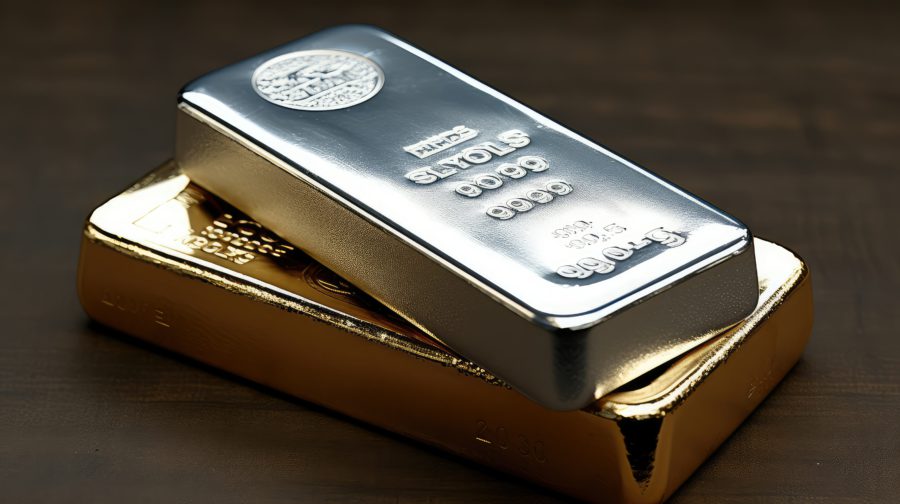Teck’s deal to shed coal comes at a perfect time

Teck Resources Ltd. (TSX: TECK.B) is set to become a pure-play metals producer after announcing a deal to sell its steelmaking coal assets to a consortium led by Glencore PLC. Teck without coal could be an investor’s dream.
The Vancouver-based miner’s dramatic repositioning comes at a good time for investors: The United States and China this week declared their support for ramping up renewable energy capacity in a big way, which would drive global demand for the copper that Teck mines in British Columbia, Chile and Peru.
The No. 1 and No. 2 economic powerhouses – antagonists over just about everything but also the world’s largest polluters – made the announcement through a joint statement issued ahead of a meeting this week between U.S. President Joe Biden and Chinese leader Xi Jinping near San Francisco.
While their support merely puts the two countries in line with a previous declaration from G20 leaders and recent recommendations from the International Energy Agency, it nonetheless underscores the case for renewables and reinforces thebullish argument in favour of base metals.
Many observers already believed that the shift toward renewables assured long-term demand for the minerals required in wind turbines and solar installations, as well as battery electric vehicles. But the joint statement from the U.S. and China helped bolster their confidence.
If the world is successful in tripling its renewable energy capacity by 2030, an average of 1,089 gigawatts will be added to the global grid each year, for a combined total of 7,724 GW, according to Citigroup analysts.
That’s the equivalent of building more than 337,000 utility-scale wind turbines every year, according to the U.S. Department of Energy. Soaring demand will put a strain on the global supply of minerals – and that’s what investors are counting on.
In 2025, the demand from additional power generation under the G20 target scenario would amount to 2,650 kilotons of copper, or 15 per cent more than Citigroup’s base case estimate. By 2030, demand would require 5,400 kt, or 85 per cent more than the base case – even if newly built renewable projects use copper more efficiently.
Under this bullish scenario – which Citigroup analyst Tom Mulqueen pegs at a 20% probability of unfolding – copper prices could zoom to an average of $15,000 a ton by 2025, after oversupply issues in the near-term dissipate. That would mark an 81% increase from $8,265 a ton on the London Metal Exchange on Thursday.
Even Mr. Mulqueen’s base case, with a probability pegged at 60 per cent, sees copper prices rising 45% from current levels and gives investors a big reason for applauding Teck’s streamlined ambitions.
The stock’s valuation has often felt the drag of steelmaking coal. Though the fossil fuel provided about 60% of Teck’s annual revenue and nearly 75% of its gross profit in 2022, it has had less appeal to investors betting on cleaner sources of energy.
Consider that Teck shares currently trade at 9.4 times estimated earnings, according to Bloomberg. That’s cheap next to U.S.-based Freeport-McMoRan Inc., which is focused on copper, gold and molybdenum and trades at nearly 24 times estimated earnings.
Analysts expect that Teck’s valuation will rise as investors consider a company where copper will drive an estimated 87% of EBITDA (earnings before interest, taxes, depreciation and amortization) by 2025, assuming the Glencore deal meets regulatory approval next year. Zinc, another critical mineral that can be used in energy storage, will account for the other 13%.
“Given the prolonged uncertainty with respect to the future of the coal business, this transaction serves to remove a meaningful overhang from the shares,” Orest Wowkodaw, an analyst at Bank of Nova Scotia, said in a note.
Investors might also see an influx of cash from the US$8.9-billion deal. Even if Teck puts some of the proceeds toward debt repayment, Canaccord Genuity analyst Dalton Baretto estimates that there should be C$8.5-billion, or C$16.37 per share, remaining.
This money will be used for development projects and acquisitions, or returned to shareholders in the form of special dividends.
Investing in a stock that is exposed to strong growth in renewable energy looks like a sound long-term bet. And if the stock comes with a big payout after converting coal to cash? Even better.
{{ commodity.name }}
{{ post.title }}
{{ post.date }}

Comments